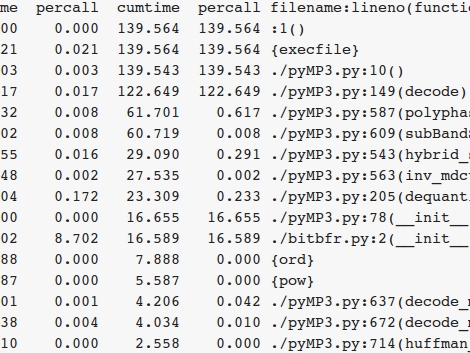All other things being equal, signals with wider bandwidth can carry more information. Sometimes that information is data, but sometimes it is frequency. AM radio stations (traditionally) used about 30 kHz of bandwidth, while FM stations consume nearly 200 kHz. Analog video signals used to take up even more space. However, your brain is a great signal processor. To understand speech, you don’t need very high fidelity reproduction.
Radio operators have made use of that fact for years. Traditional shortwave broadcasts eat up about 10kHz of bandwidth, but by stripping off the carrier and one sideband, you can squeeze the voice into about 3 kHz and it still is intelligible. Typical voice codecs (that is, something that converts speech to digital data and back) use anywhere from about 6 kbps to 64 kbps.
[David Rowe] wants to change that. He’s working on a codec for ham radio use that can compress voice to 700 bits per second. He is trying to keep the sound quality similar to his existing 1,300 bit per second codec and you can hear sound samples from both in his post. You’ll notice the voices sound almost like old-fashioned speech synthesis, but it is intelligible.












